Zetting St Marcel




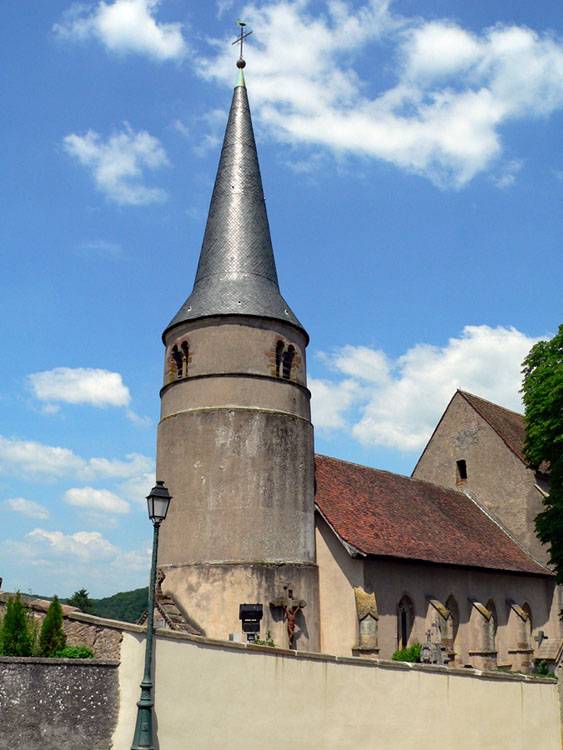

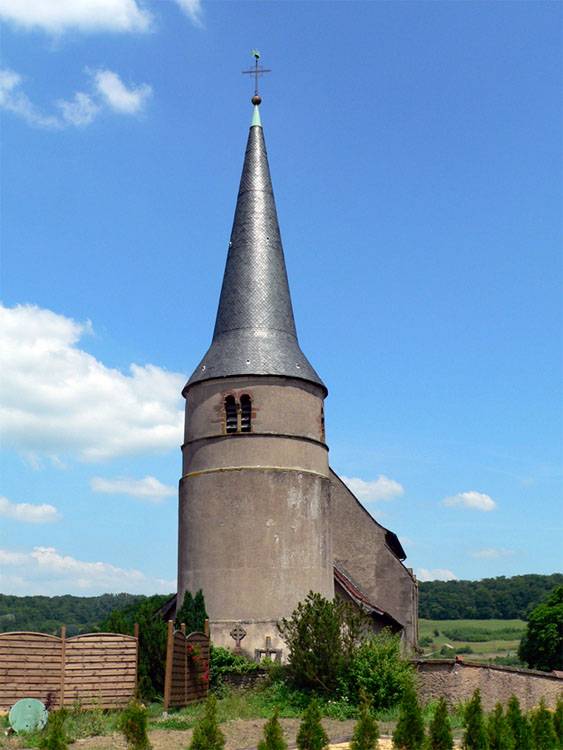
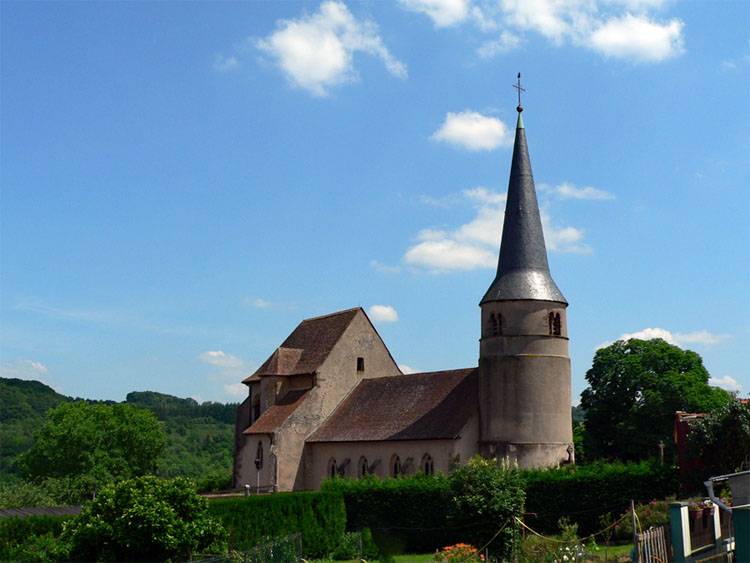


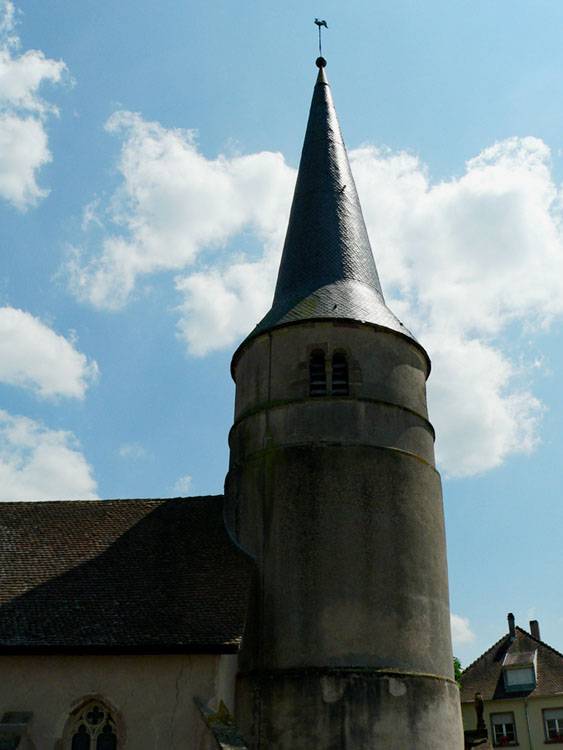
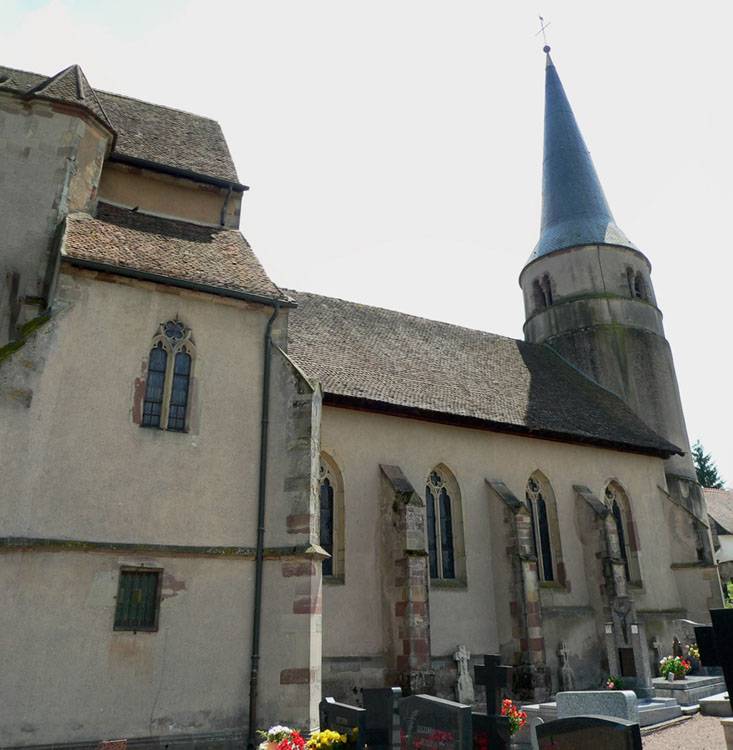

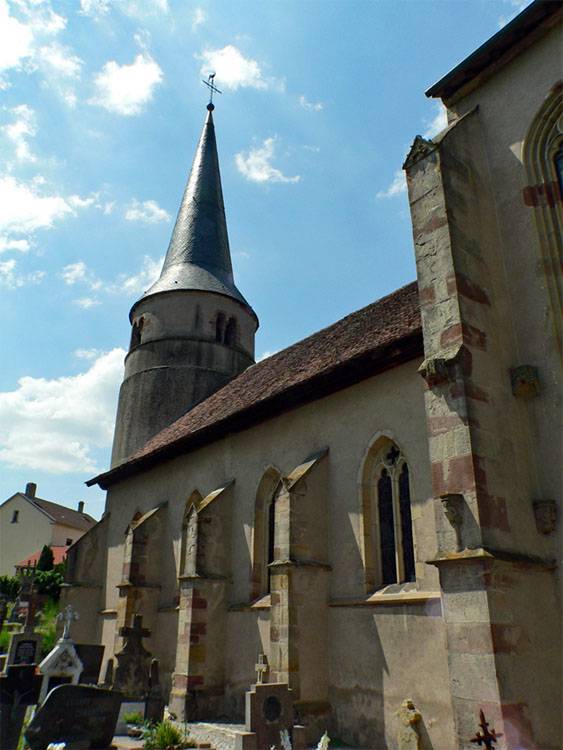










































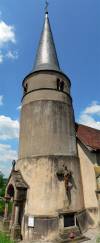
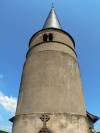

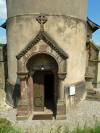
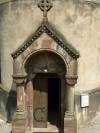






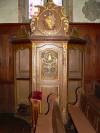



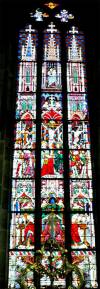

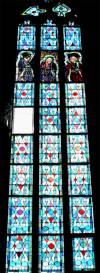
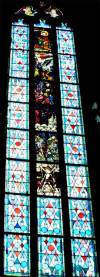





Église St Marcel Zetting
Where to find this church
Church Information
Église St Marcel is located in Zetting, a village on the River Saar in the Département Moselle in France, about 6 miles south of the town of Sarreguemines on the Franco-German border.
This church is usually open
* denotes external links that open in a new window



Visiting Zetting St Marcel
The church of St Marcel is situated in the village Zetting (or Zettingen in German) in the Départment “Moselle” in France, only a few miles south-east of Sarreguemines (Saargemünd), and just across the German-French border from Reinheim. The village of Zetting is situated on a hill, right above the “Canal des Houilleres de la Sarre”, a canal formerly used for the transportation of coal, but now – as the canals in Britain – a favourite for holiday boating. St Marcel (or Marcellus) lies on top of the hill (called “Kirchberg”, literally translated as “church mountain”), overlooking the valley below. It belonged to the Benedictine Abbey of Tholey in the neighbouring Saarland. In 1576, as a consequence of the Reformation, it became protestant, only to be reinstated as a catholic church again in 1684 under Louis XIV.
The oldest part of the church is the round tower, thought to be from the 9th century, and – like the other round towers in the region – originally used as a watchtower and refuge for the inhabitants of the village. The tower could only be entered via an entry about 7 m above ground level. It has a height of 17 m to the edge of the roof and is crowned by a tapered helm roof. It has two floors and a belfry, which can be reached via a spiral staircase from the ground floor. The thickness of the walls diminishes from 1,90 m at ground level to 0,70 m at the belfry stage, while the inner diameter widens from 3,80 m at ground level to 4,60 m at the belfy stage. The entrance to the church nowadays is via a small porch added to the western side of the tower in 1846. The romanesque nave was added to the eastern side of the existing round tower. The choir – which is nearly double the height of the nave, giving the church an unusual outer appearance – was added in 1434 by the Benedictine monks in the Gothic style, with the nave being altered in the same style, resulting in three aisles with ripped vaults.
The most impressive features of the interior (and probably of the whole church) are the massive lancet windows in the choir, originally dating from the 15th century. They are considered to be the most beautiful church windows throughout Lothringen – after the cathedral of Metz. They have experienced a turbulent history: partly destroyed during the religious Thirty Years War (1618-1648), some later priests treated them in a careless way, and gave away some of the coloured glass panes (e.g. a Pfarrer Barth at the beginning of the 19th century due to an illness of his eyes; he was not able to see enough, and replaced the coloured glass with white glass). One of his successors, Pfarrer Verité, tried to recollect them later and gathered them again as best he could. At the outbreak of WW II, the French society for monument protection dismounted the windows, and evacuated them to the region of the Charente, where they were detected by the German occupants, and brought back to Sarreguemines, where they were stored to be shown later in the Saarlandmuseum in Saarbrücken. How they finally arrived at the crypt of the cathedral of Metz, where they were found after a long and fruitless search after the end of the war is still a mystery.
There is a richly decorated altar at the east end of the choir. On the northern wall of the choir, a holy grave can be seen. The organ is also located in the choir, and originally dates from 1889. It was later renovated and electrified in 1960. Other fine features of the choir are the murals on the choir vault. They were painted over in the 19th century, but a major renovation of the interior of the church starting in 1975 brought them back to light. They show amongst others the virgin mother with Christ, the symbols of the four evangelists, angels and some birds. The roof boss of the choir vault shows the patron saint of the church, St Marcellus.
Unfortunately, the quality of the interior photos is not up to my standards today, meaning we have to visit this beautiful church again.
Conclusion: open and welcoming church with plenty to see inside



